Qualified Opportunity Zones – Are They Really Effective? December 3, 2019
Qualified Opportunity Zones
Qualified Opportunity Zones were created by the 2017 Tax Cuts and Jobs Act. These zones are designed to spur economic development and job creation in distressed communities by providing tax benefits to investors who invest eligible capital into these communities. Taxpayers may defer tax on eligible capital gains by making an appropriate investment in a Qualified Opportunity Zone Fund and meeting other requirements. For more information on the tax benefits of an Opportunity Zone Fund investment see the IRS FAQs.
IRS RELEASES DRAFT FORM 8997 TO REPORT DEFERRAL OF GAINS INTO OPPORTUNITY ZONE FUNDS
If your client invests in a Qualified Opportunity Zone Fund, use new Form 8997 to inform the IRS of the Opportunity Zone Fund (QOF) investments and deferred gains held at the beginning and end of the current tax year, as well as any capital gains deferred and invested in a QOF and QOF investments disposed of during the current tax year.

IRS RELEASES DRAFT FORM 8996 TO GATHER INFORMATION FROM OPPORTUNITY ZONE FUNDS
Are Opportunity Zone tax benefits really directing investments to economically distressed areas?
Transparency. The Opportunity Zone Funds (QOFs) have been criticized for a lack of transparency, and for potentially not directing investments to where they are most needed. Recently bipartisan legislation was introduced in the House to require QOF reporting and House leadership requested OMB oversight on census tract designation.
The IRS hopes to address this criticism with its new Form 8996. Information required on this new form will allow the IRS to monitor the amount of investment received by various Opportunity Zone census tracts over time. By combining this investment information with data on employment and incomes, policymakers and the public “will be better able to evaluate the effects of the opportunity zone tax break and to understand why some locations may be more successful than others in enticing investors.” The Form 8996 requires QOFs to report the employer identification number of each business in which the QOF has an ownership interest, the census tract location of the tangible property of the business and the value of the QOF’s investment. The form also requires QOFs to report the value and census tract location of qualified business property it owns or leases directly.

